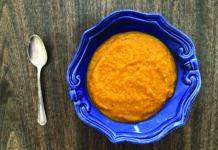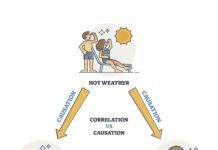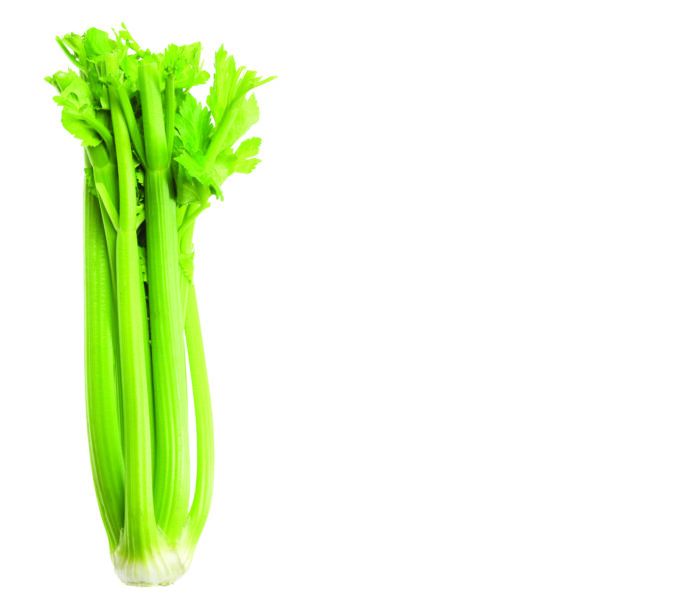“Negative-calorie” foods are said to require more energy to chew and digest than they provide when eaten. Foods that have been given this label are usually fruits and vegetables with high fiber and water content, like celery, lettuce, tomatoes, and carrots. Proponents state that eating negative-calorie foods creates a calorie deficit, and thus you can achieve weight loss by consuming more negative-calorie foods. The truth is: there is no such thing as a negative-calorie food. All foods contain calories and their consumption results in a net energy gain.
There are no magic bullets for health and nutrition. The most effective way to create a ‘calorie deficit’ is to eat less and move more. It is also important to acknowledge that calories—and the nutrients that come with them—are necessary for your body to function properly. People trying to lose weight by limiting themselves to so-called ‘negative calorie foods’ in the long term are at risk of failing to meet their nutrient requirements.
Even though there are no “negative-calorie” foods, high-fiber, high-fluid fruits and vegetables are still excellent additions to your dietary pattern, particularly in place of high calorie foods with little nutritional value. Celery is a source of potassium. Tomatoes are an excellent source of vitamin C and carotenoids. Carrots are rich in beta-carotene (which is converted into vitamin A in the body).
These foods can help fill you up and nourish you, while decreasing the room you have for other foods that are higher in calories. Remember that an overall healthy dietary pattern is the end goal.




















